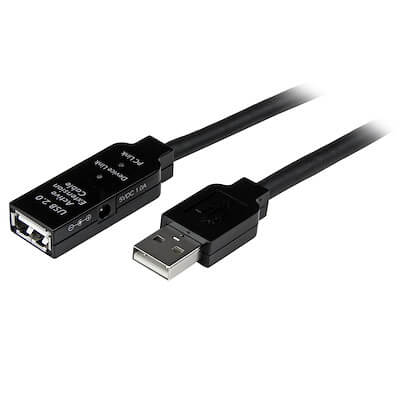USB 2.0 vs 3.0 | Difference between USB 2.0 and USB 3.0USB 2.0 and 3.0 are the two specifications of USB (Universal Serial Bus) that are used for connecting peripheral devices to the computers. Nowadays, most computers and other electronic devices are using USB 3.0 instead of 2.0 due to various advanced features of USB 3.0. In this topic, we will see the differences between USB 2.0 and 3.0 and what are new advanced features are there in 3.0, which are not in 2.0. Before starting, let's understand what USB and its specifications are. 
What is USB?USB or Universal Serial Bus is a connecting interface standard that enables the computer or other electronic devices to connect and communicate with other peripheral devices such as Keyboard, MIC, Mouse, flash drive, etc. The USB connectors can also be used as the power transmitting cables such as to charge the mobile phone or tablets and these connectors are replacing the other traditional types of charger cables. The first USB standard was released in the year 1996, and today there are four versions of USB specifications, which are USB 1.x, USB 2.x, USB 3.x, and USB 4. USB 2.0USB 2.0 is USB standard and is also known as the high-speed USB. It was released in April 2000. Almost all the devices with USB compatibilities support USB 2.0. The devices that use USB 2.0 can transfer the data at a maximum speed of 480Mbps, which is faster than the USB 1.1 standard and slower than the USB 3.0 standard. The USB 2.0 standard provides support for the USB Mini-A, USB Mini-B, and USB Mini AB connectors. USB 3.0USB 3.0 is another USB standard, which was released in the year 2008. It is known as the Superspeed USB. Most of the new electronic devices and computers support this USB standard to enable faster communication between the devices. Devices that support & use USB 3.0 can transmit the data at a maximum speed of 5Gbps. It provides much faster data transfer compared to the USB 2.0 standard. The USB 3.0 has two updated versions, which are USB 3.1 and USB 3.2. There are various types of USB 3.0 connectors, which allow connecting two devices together. In 3.0 standard, USB Type A, Type B, Micro-A, and Micro-B, are the supported connectors. The USB 3.0 standards can be distinguished by their blue-colored inserts and also has a 3.0 logo on them. Main 5 factors to differentiate the USB2.0 and USB3.0There are five major factors by which we can differentiate the USB 2.0 and USB 3.0, which are given below: 1. Physical Appearance
2. Speed
3. Price
Note: We can use USB 3.0 drives with a 2.0 port; it will work fine but will work at the speed of 2.0 only.4. Power Management
5. CompatibilityThe USB 3.0 provides backward compatibility, which means, if it is connected to the 2.0 port, then the drive works fine, but with the speed of 2.0 standard. And if it is connected to the 3.0 port, then the speed will be higher. Comparison chart between the USB 2.0 and USB 3.0
ConclusionIn the above sections, we have discussed the differences between the USB 2.0 standards and 3.0. So, now it is easy to make a selection between both the standards. As compared to 2.0, 3.0 is much efficient in various aspects such as transfer speed and power management, but it is much costly. So, if there is a requirement for high-speed data transfer and power management, we can choose USB 3.0 standard devices. But if we have a limited budget and for general use, we can choose the 2.0 standard.
Next TopicCSMA CA vs CSMA CD
|
 For Videos Join Our Youtube Channel: Join Now
For Videos Join Our Youtube Channel: Join Now
Feedback
- Send your Feedback to [email protected]
Help Others, Please Share










